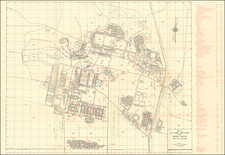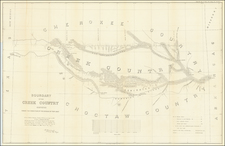With Important Information About Race and Population in Tulsa, Six Years Before the Infamous Tulsa Race Riot.
Scarce map of Tulsa, published in 1915 on the advent of the Special Census of that city conducted in that year. The population of Tulsa doubled within a few years of the national census of 1910, causing a Special Census to be scheduled for 1915. The results of that census are laid out in the 15-page pamphlet that accompanies this map.
The map is based upon an earlier map by J. Robert Burnham, drawn in Tulsa.
The city boundaries are shown in red. Other features noted include:
- Steam Railroads
- Electric Railways
- Paved Streets and Alleys
- Fire Alarm Stations
- Hydrants
- Depots
- Churches
- Schools
- Hotels
- Hospitals
- Parks
- Cemeteries
Tulsa
The first Tulsa Post Office opened in 1879 an by 1882, the population of Tulsa was about 200 people, when the Atlantic and Pacific Railroad, which later merged into the St. Louis and San Francisco Railway, completed the extension of its line to Tulsa from the town of Vinita to serve the cattle business, the city's first industry.
Tulsa changed from a small frontier town to a boomtown with the discovery of oil in 1901 at Red Fork, a small community southwest of Tulsa and on the opposite side of the Arkansas River. Wildcatters and investors flooded into the city and the town began to take shape. In 1901, the city contracted with Dan Patton and his brother Gus to perform an official survey and lay out streets.
By the time Oklahoma achieved statehood in 1907, Tulsa had a population of 7,300 and by 1910, the population of Tulsa had increased to 18,182. The first petroleum refinery in Tulsa, built by Texaco, went onstream in 1910 in West Tulsa, across the Arkansas River from Tulsa.
High-rise buildings began to appear downtown during this decade. The Tulsa Hotel and the Brady Hotel annex were both constructed around 1910. The 16-story Cosden Building was constructed in 1918 and is considered the first skyscraper in Tulsa. It was later acquired by Mid Continent Oil Company, who built an adjacent tower integrated with the older structure. This is now called the Mid-Continent Tower.
1917 saw the construction of the Federal Building that contained both the main post office and courtrooms of United States District Court for the Eastern District of Oklahoma.











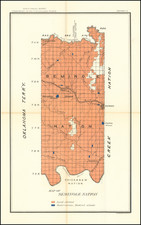
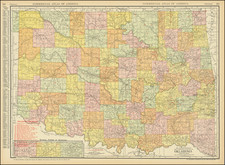
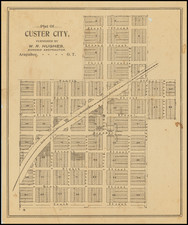
![Mapa et tierra q[u]e yos pedro Vial taigo transitau en St. Tafee este dia 18 de Octubre de La ao 1787](https://storage.googleapis.com/raremaps/img/small/3645.jpg)
